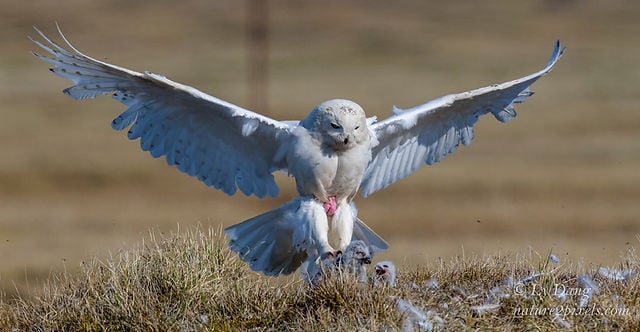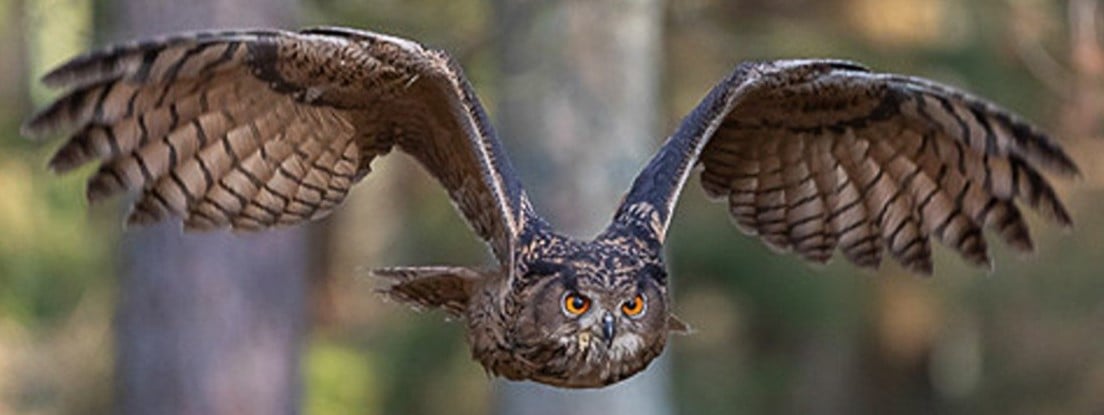In the recent post about UV aging a bird, one of the things that came up is the brood patch, which I don't think we've covered yet.
Owls will remove a patch of down to both insulate the nest and to get better heat conduction with the eggs.
From the Owl Research Institute
The first time I saw a brood patch - especially visible on a Snowy Owl - I was mystified and concerned. It just didn't look right. I went on to learn that it is exactly right - a perfectly developed adaptation to ensure that eggs are incubated properly. An especially relevant issue in the Arctic.
Female Snowy Owls will lay three to eleven white eggs on a ground nest. The number of eggs depends on how much food is available in a given season. Snowy Owls have an instinctive sense of how many chicks lemming numbers can support. For example, if an area's vole population is high, a female Snowy Owl might lay nine eggs. If the vole population is low, she might lay just three eggs, or she may not nest at all.
Eggs are usually laid two to three days apart. They will hatch in this same order. During the incubation period, the female loses the feathers on her belly in order to transfer more body heat to the eggs. This is called a brood patch and she presses this warm, bare skin against the eggs. She lies on the nest in the incubation position, with her head low and stomach down, keeping the eggs warm all the time. Extra blood vessels infuse this patch of skin with extra warmth enabling the female Snowy to act as a warm blanket over her clutch of eggs.
When Snowy Owls lay eggs on their Arctic breeding grounds, it is often still frozen and even ice covered. To see eggs - something that needs to be constantly warm in order to develop - in the harshness of an Arctic landscape seems like an impossible combination. But Snowy Owls - with the help of their brood patch - certainly have it down.


Shorty